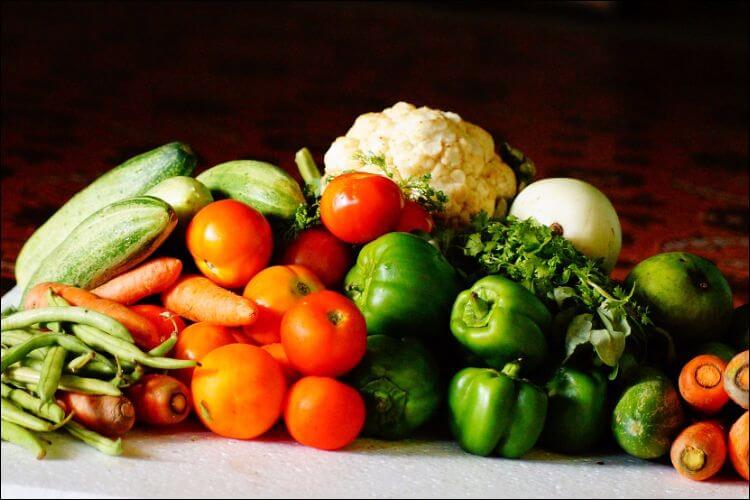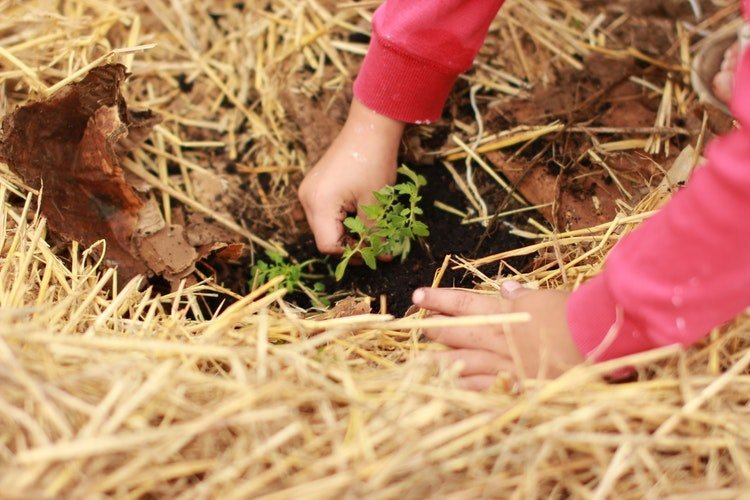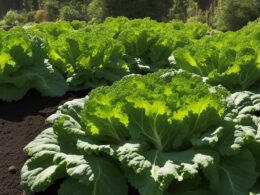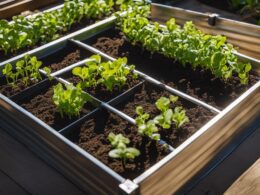When taking up gardening, many people think the planting part is the hardest. However, you need to pay attention to other aspects as well, such as maintenance, harvesting, storing, etc. Today we are going to look at how to store garden vegetables properly so that you can enjoy them for a longer time. Naturally, each type of vegetable requires different conditions, which is why we are going to focus on the most common vegetables and their needs.
How to Store Garden Vegetables 101
1. Know How and When to Harvest
Before storing the vegetables, you need to harvest them first. The right time and technique for harvesting depend from plant to plant, and you should do some research on the topic when you start growing them. The best part about growing your own vegetables is that you can always enjoy them fresh, but there’s also the possibility of you storing them improperly and thus damaging them.
As a rule, it’s recommended you don’t nick, break, or bruise the vegetables when picking them. Try not to handle them too much if you want them to last longer in storage. Make sure you only pick high-quality vegetables. Keep in mind, those that rot can even spread diseases to other vegetables.

2. Storing Conditions
When it comes to knowing how to store garden vegetables properly, you should keep in mind that there are three combinations:
- Cold and moist – temperature: 32 – 40 °F (0 – 4 °C), relative humidity: 95%;
- Cold and dry – temperature: 32 – 40 °F (0 – 4 °C), relative humidity: 65%;
- Cool and dry – temperature: 50 – 60 °F (10 – 15 °C), relative humidity: 60%.
The more your storing conditions deviate from these norms, the shorter the shelf-life for the vegetables. In general, you could consider that each 10 °F increase in temperature equals a 25% decrease in their lifespans. However, in most homes, it can be difficult to ensure the perfect conditions, especially for a long time.
3. Storing in Your Home
So where can you adequately store your vegetables? Here you have a couple of options if you don’t know where to start:
- The basement – these are generally cool and dry places. In case you decide to store your vegetables here, you should offer them some extra ventilation. Contrary to what most people think, once you harvest vegetables, they don’t die. They still need oxygen to keep their high quality. Moreover, pay attention to any rodent risk.
- The refrigerator – this is a great option for cold and dry storage. It’s a good idea to keep garlic and onions here, but not all the vegetables. If you still want to do this, place the vegetables in special, perforated plastic bags to ensure the adequate cold and moist conditions. If you don’t perforate the bags, you will create humid conditions that trigger condensation, mold, and bacteria.
- The cellar – this is the ideal place for cold and moist conditions. However, just like in the basement, you will need to offer your vegetables protection from rodents, as well as ventilation. You can insulate the space with various materials, such as wood shavings, straw, or hay. If you decide to use this kind of insulation, ensure that the materials are clean and don’t contain any pesticides.
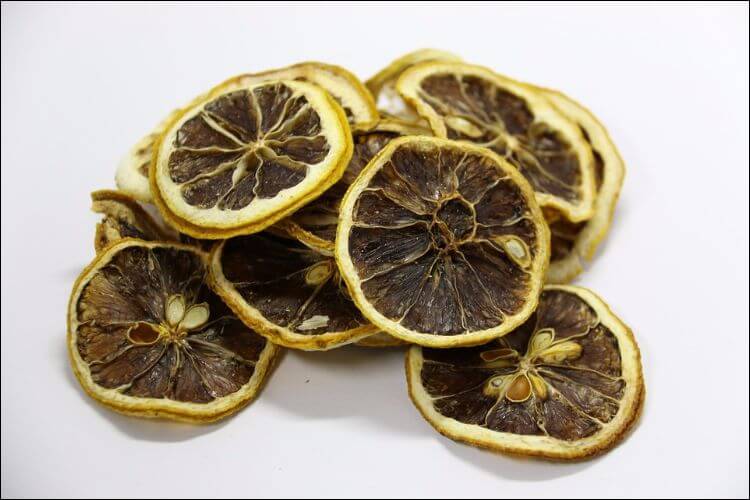
4. How to Store Various Vegetables
Now we are going to have a look at various kinds of products and how to store garden vegetables depending on their species.
- Turnips
Harvest them when you see the roots reaching the size you want. Most likely, this will happen after a light frost. The ideal conditions for storing are the cold and moist ones, and you can keep turnips for approximately 4 months.
- Red Tomatoes
The best time to harvest tomatoes is when they present a uniform pink or red color and you can keep them up to 5 days. Ideally, you shouldn’t refrigerate them. If you store them below 40 °F (4 °C) they will lose their flavor, firmness, and color.
- Winter Squash
Winter squash needs to be harvested when the shells are hard, just before frost. They need a cool and dry environment and depending on the variety, you can store them between 2 and 6 months. With winter squash, curing is not necessary. Moreover, if you are growing the Table Queen variety, you should avoid curing it at all.
- Summer Squash
Harvest summer squash when the fruit reaches 4 – 6 inches in length. They can last for a week, but don’t keep them in the refrigerator more than 4 days.
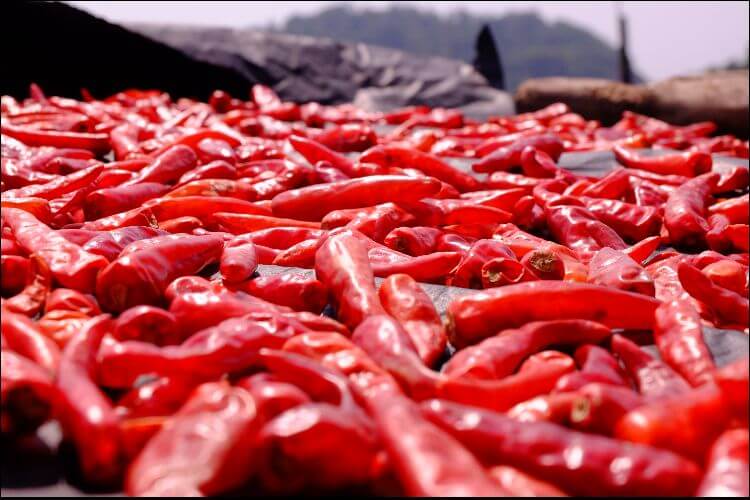
- Spinach
Ideally, spinach should be harvested when the leaves are still tender. Those of you who know how to store garden vegetables properly will know that it requires a cold and moist environment and that it can be kept for 10 days.
- Pumpkins
Right before frost, when the shells harden, it’s time to pick the pumpkins. They need a cool and dry environment and can last up to 2 months. Be careful, since they are sensitive to temperatures below 45 °F (7 °C).
- Peppers
When the fruits reach the size or color that you want, you can harvest them. You can keep them for around 2 weeks. If the temperature goes below 45 °F (7 °C), they will start pitting.
- Onions, Garlic, Shallots
The best time for harvesting onions is when the scales are dry, and the necks are tight. They prefer a cold and dry environment for storing, and their shelf life reaches 4 months. You shouldn’t freeze them, but you should cure the onions at room temperature for 2 – 4 weeks before storing them away.
- Lettuce
Just like spinach, you should harvest lettuce when the leaves are tender. It prefers a cold and moist storage area and it can last for a week.
- Root Vegetables (Potatoes, Carrots, Beets, etc.)
With the beets and carrots, you need to cut the leafy tops. Keep them in a single layer and don’t wrap them in anything. However, you can cover them with sand to make sure they don’t get a rubber consistency. On the other hand, potatoes should be kept in paper or hessian sacks. To avoid mold forming, clean the potatoes and make sure they have no mud on them. Store them away in a dark place. With parsnips, it’s better to leave them in the ground during winter and only harvest when you need them.
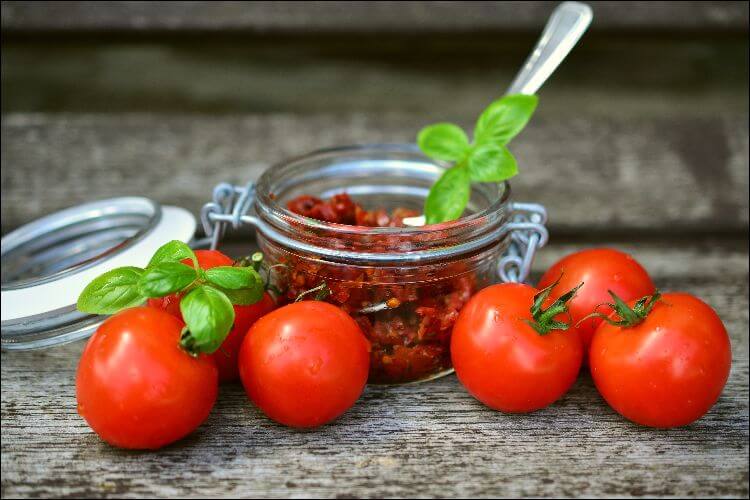
5. Freezing Garden Vegetables
Another popular option when it comes to learning how to store garden vegetables properly is freezing the harvest you have. It’s the quickest and easiest way if you want to enjoy your product for as long as possible. The best thing to do is to freeze the vegetables in usable quantities, so it’s easier to defrost and cook them. The fruits and vegetables you choose should be firm and just-ripe. Put the vegetables in a plastic container or an airtight freezer bag so they won’t get freezer burn. The freezer burn is a dry, brown patch which you cannot eat and which appears because of lack of moisture.
Remember that some fruits or vegetables need blanching before you freeze them. Place them in a pan of boiling water for 1/3 of the required cooking time, then move them to ice cold water. Pat them dry and freeze them. This will prevent the water in them from forming crystals and thus destroying the tissue.
Here’s a list of the varieties that are suitable for freezing:
- Blanched apples;
- Raspberries;
- Blueberries;
- Blanched beans;
- Rhubarb;
- Peas;
- Cranberries;
- Gooseberries, etc.

6. Drying, Bottling, and Pickling
These are three other approaches to learning how to store garden vegetables properly. Peppers, apples, and tomatoes are perfect for drying and very tasty, for example. Wash and slice them, then set them in a single layer on a baking tray. Before, people would leave them outside in the sun for days. However, now you can place the tray in the oven (at the lowest temperature setting) and leave it there for several hours until the product gets crispy. Then, keep them in an airtight and sterile container.
Meanwhile, shallots and beets are perfect choices for pickling. In this way, you can enjoy them for several months. You need to wash and prepare the beets before starting the process. Don’t cut the tops of these veggies too close to their roots, otherwise, the color can leach out. Boil them for half an hour or until you see that the skins and tops fall off easily. Slice them, put them in a sterile jar and then cover them in pickling vinegar.
Alternatively, you can also learn how to grow vegetables from scraps with the rest of the products you have. If you don’t want to store the vegetables, there are plenty of garden glut recipes you can try right when you harvest.
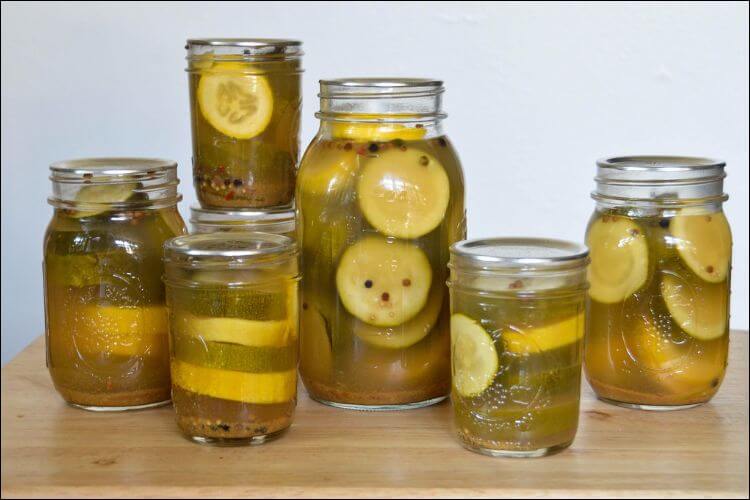
Conclusion
There are plenty of ways to learn how to store garden vegetables for longer periods. Keep in mind that different plants need different storing conditions. At the same time, there are alternatives to traditional storing methods, such as freezing and pickling. Regardless of the method, make sure you provide the right conditions for the fruits and vegetables so that you can enjoy them as much as you can.
Image source: Pixabay





